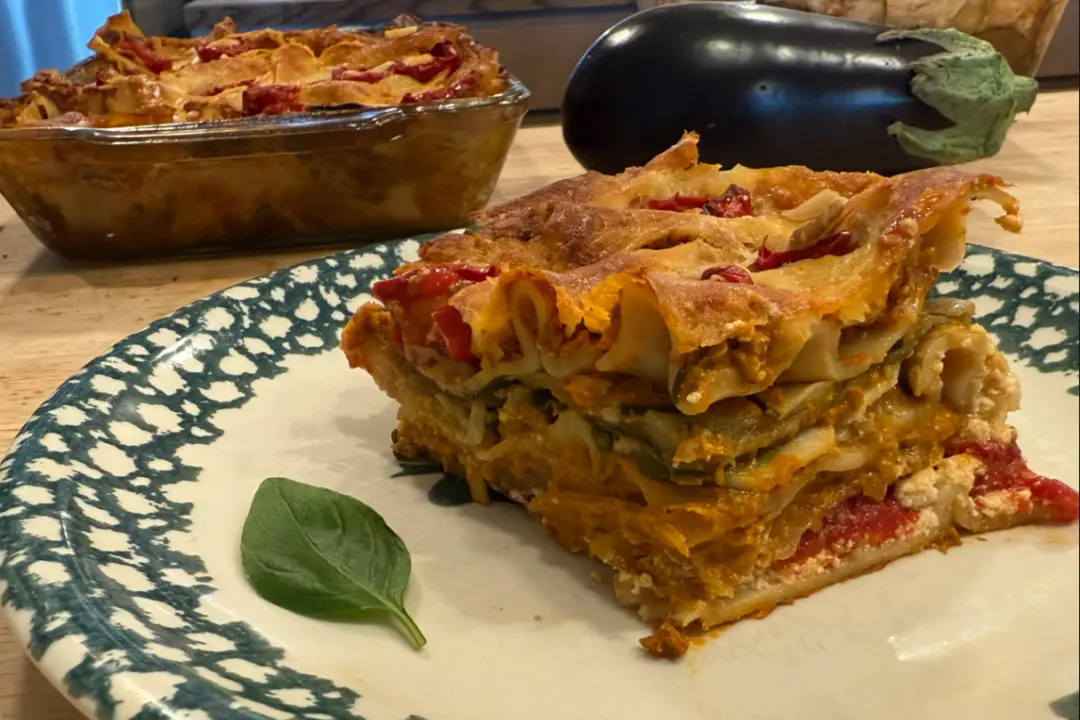“Put chile and some water into a saucepan with bullion, garlic which is diced, and salt and pepper and onion which I don’t have and won’t mention anymore because I miss it, and you shouldn’t ever be anyplace without it, I don’t care where.”
—Simon Ortiz, “How to Cook a Good Chili,” Woven Stone





